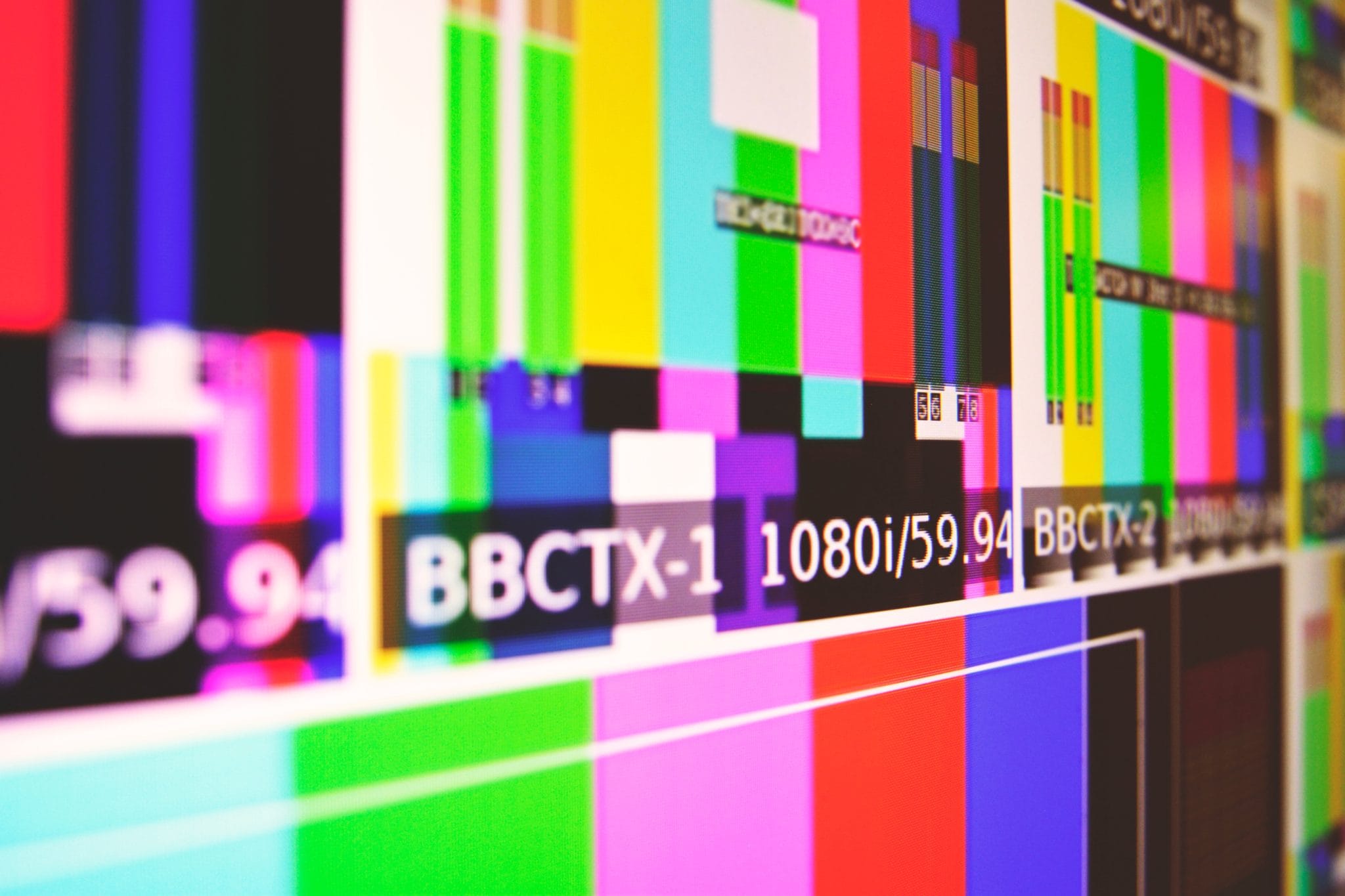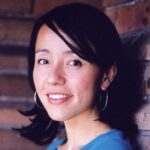It’s March 11th and the country that has been my second home since childhood has just experienced a catastrophic earthquake, tsunami, and possible nuclear meltdown. My mind is churning with images: black seawater crashing through the streets of Sendai and across rice plots, smoke billowing from the Fukushima Daiichi reactor.
Two hours ago, when I left my hotel in Montreal, where I am visiting, the international phone lines to Japan were still jammed. The fact that my relatives live in Tokyo and are therefore, presumably, safe, has done little to quell my restlessness. Ditto the presence of my dharma teacher, seated motionless beside me, here at the Zen Poetry Festival — a man who could settle a shark or caged tiger, i.e. the most adrenalized and kinetic among us. (How can it be that I have forgotten how to sit in a chair, let alone sit still?) A part of me feels I should politely leave.
But then what? Do I stay and struggle inwardly to settle down and achieve mental repose? Or do I hightail it back to my hotel, where I can spend more time “getting up to speed,” in front of CNN?
Little do I know that I am going through a more benign version of what writer Evan Osnos is witnessing in Japan itself: people “torn between the instinct for calm and the cry of alarm.”
Too Much Information
The day would become infamous, of course, as an historic 9.0 earthquake and a subsequent tsunami hit the Tohoku region of Japan. The raging tsunami rushed over embankments, flowing into towns and cities, erasing concrete roads and steel bridges. It plucked buildings from the ground and hurled them across districts. In the town of Otsuchi, a ferry landed on top of someone’s home. In Miyagi prefecture, an entire tree with roots was deposited in a school corridor. Witnesses, who watched from rooftops, experienced a crash-course in impermanence, a terrifying reminder that nothing is sturdy, nothing lasts.
The unnerving images quickly reached the outside world. In Canada, just as in so many places, we were inundated with amateur footage of the quake taken from inside a departments store, a school, a home office, and an airport. Some of the footage felt vital and enlightening. Some of it felt simply horrific.
Now it’s the first weekend after the disaster. I follow the stories through the mainstream and alternative media feeling increasingly dismayed and helpless. A low point for me is hearing the terror underscoring words I recognize—”Hayaku” (Quickly! Hurry up!) and “Ikimasho” (Let’s go!)— as civilians try to outpace the tsunami. A friend in Vancouver, writer Hiromi Goto, sums up my feelings, it an email:
The weight of the cascade of tragedies in Japan is hard to witness. I was thinking how it’s just more recently that we have the technological capacity to capture the events from so many angles, so many recordings, that repeat and repeat and the spirit is bruised and bruised again. In a purely physical sense, our bodies and senses weren’t designed to see trauma over and over again. If we did not have the means to record the crisis, those who were there would witness it once, and then there would be the aftermath. What does it do to us when we replay over and over?
As she says, it bruises—the 24-hour blanket coverage, the endless search for better, faster, more dramatic clips, which jar and jolt us, again and again, even as they inspire a peculiar apathy. The more I watch, the more distant and defeated I begin to feel.
I’d like to think that I, along with the vast majority of onlookers in crisis situations, have a genuine (if naïve) wish to help, to somehow serve by looking (rather than turning away.)
Yet, the sad fact is that too much looking can be a form of overconsumption. Saturated with images, there’s a point at which any meaningful window onto tragedy is crowded out. We grow weary and numb. The paradox is that our need to be forever connected may disconnect us in the end.
We need some stillness. It takes space and time to meaningfully imagine the suffering of others, to truly lay us bare to what is happening in Tohoku, Japan.
If Zen offers me, or us, anything it is the reminder to question the swiftness and automaticity of our responses. As the Zen master Eihei Dogen said, the path to liberation is not a matter of learning but unlearning. By calming the body and mind, through the deliberate practice of meditation, for example, we may begin to replace unconscious patterns of emotional reactivity. This is significant because it is not just boredom that can shift us into autopilot. Terror can do this as well. My compulsion to gather information, for instance, may be a dodge to avoid facing the sorrow I am actually feeling. (It is only when my mind slows that I am susceptible to grief.)
In this follow-up post, Kyo shares how she found rejuvenating moments of relief and perspective amid the chaos of Japan’s recent natural disaster.

